Drei junge Filmschaffende erzählen von ihrer Filmarbeit mit Kindern
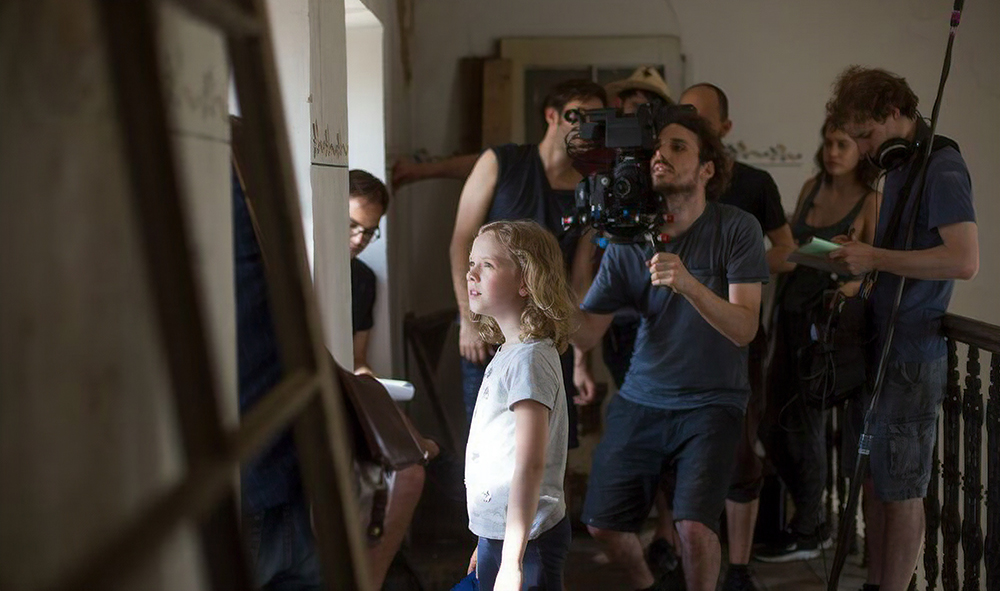
In einigen aktuellen Arbeiten von Studierenden der Filmakademie Wien sind Kinder die ProtagonistInnen. In Jan Prazaks Kurzspielfilm Die Bewegung der Sterne spielt die mittlerweile 10-jährige Lena ein Mädchen, das gemeinsam mit ihrem Vater die Sonnenfinsternis erleben will. Ihr Vorhaben wird durch einen jähen Zwischenfall unterbrochen und sie müssen an einen sicheren Ort flüchten, an dem sie einen magischen Moment erleben. Um die passende Darstellerin zu finden, hat Jan Prazak an Schulen, in Kindertanz- und Theatergruppen Castingeinladungen ausgehängt und Flyer verteilt, woraufhin sich 200 Kinder gemeldet haben. Aus diesen Kindern das geeignete auszuwählen gelang ihm, indem er sie verschiedene Emotionen darstellen ließ. „Stell dir vor, du hast einen Lachanfall, wo fühlst du das im Körper? Wo fühlst du es im Körper, wenn du Angst hast?“, gibt Jan Prazak Beispiele für diese Übungen. Dadurch konnte er einfacher einen Zugang zu seiner Hauptdarstellerin Lena finden. „Sie hat mir erzählt, dass Angst sich bei ihr wie Steine im Bauch anfühlt, daher konnte ich sie beim Dreh bitten sich nun diese Steine vorzustellen“, erklärt der junge Regisseur. In Vorbereitung auf den Dreh war es wichtig, dass Vertrauen zwischen dem Schauspieler Ulrich Reinthaller, in der Rolle des Vaters, und der jungen Darstellerin aufgebaut wird, um Glaubwürdigkeit im Spiel von Vater und Tochter zu vermitteln. Einige gemeinsame Treffen und Ausflüge von Lena gemeinsam mit ihren Eltern, dem Schauspieler und dem Regisseur halfen dabei, dass sie sich bereits vor dem Dreh besser kennen lernten.
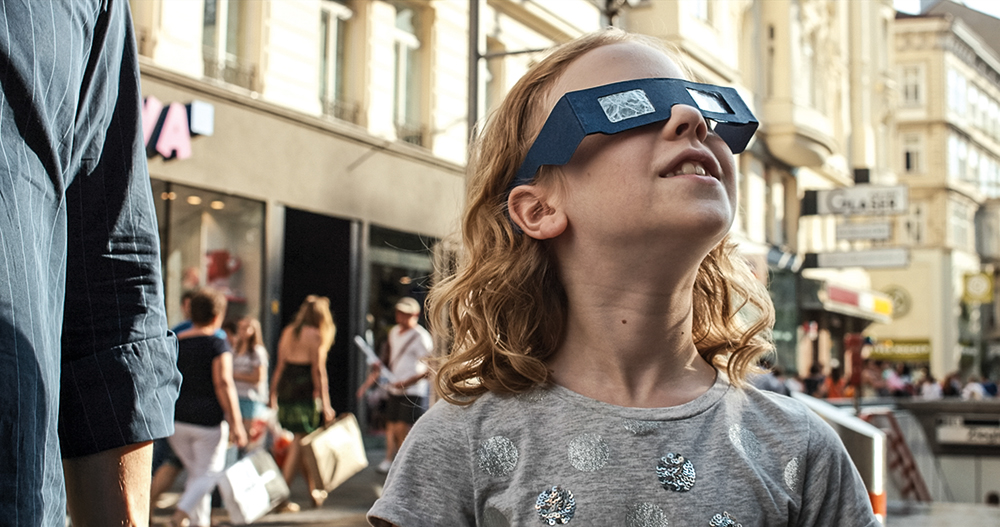
Dass die erwachsene Hauptdarstellerin möglichst viel Zeit zum Kennenlernen mit der jugendlichen Darstellerin verbringt, war auch der Regiestudierenden Julia Zborowska bei ihrem Kurzspielfilm Zalesie besonders wichtig. In eindringlichen Bildern, angesiedelt in einem polnischen Wald, schildert sie den Zustand eines jungen Mädchens an der Schwelle zum Frausein. Gemeinsam mit ihrer Mutter – der Vater ist verstorben – lebt das Mädchen in einem Haus am Wald und unternimmt immer wieder Streifzüge in den Wald, wo sie ihrem (fiktiven) Freund begegnet. Um der jungen Darstellerin – die 11-jährige Agnieszka, die keine Schauspielerfahrung hatte – die Scheu zu nehmen, hat das Filmteam vor dem Dreh viel gemeinsam unternommen. „Das Wichtigste in der Arbeit mit Kindern ist die Zeit, die man mit ihnen verbringt. Da ist es egal, was man gemeinsam macht, es zählt die Zeit als Liebe, die man gibt“, sagt Julia Zborowska. Sie wollte unbedingt eine Schauspielerin für die Rolle der Mutter besetzen, die selbst Mutter einer 11-jährigen Tochter ist. Mit Ilona Ostrowska hat sie diese gefunden. „Die Person, mit der das Kind spielt, ist maßgeblich, die Regie weniger“, meint die Regisseurin. „Die Regie ist wie der Vater des Ganzen. Es kommt darauf an, welche Spielkameraden man für das Kind findet, dann wirkt es auch natürlich vor der Kamera.“ So hat sie als Regisseurin nicht den Text mit dem Mädchen erarbeitet, sondern Ilona Ostrowska hat der jungen Darstellerin Zeit gewidmet und mit ihr spielerisch den Text erlernt, ohne dem Druck also, der womöglich von der Regie ausgehen könnte. Ihre junge Hauptdarstellerin hat Julia Zborowska zufällig gefunden – während eines Gottesdienstes in einer polnischen Kirche. Zuvor hatte sie in Schulen in der Gegend, wo gedreht wurde, nach geeigneten Mädchen für den Film gesucht und auch schon eines gefunden. Als sie aber Agnieszka in der Kirche sah, war ihr sofort klar, dass nur sie diese Rolle spielen konnte. Die Eltern erlaubten schließlich, dass Agnieska mit dem Filmteam eine Woche lang ohne Kontakt zu den Eltern im Wald drehen durfte. „Ich habe Agnieszka so sehr überzeugt, dass sie den Film unbedingt machen wollte, und die Eltern hatten auch eine vertrauensvolle Beziehung zu ihr“, erzählt Julia Zborowska.
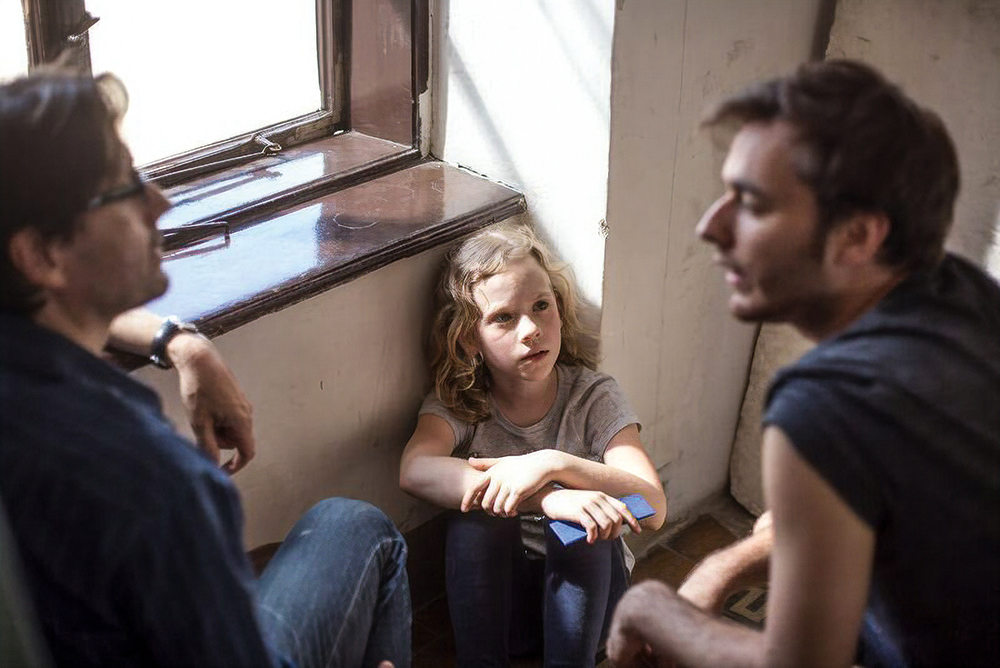
Filmakademie-Absolventin Luz Olivares Capelle hat für ihren Film Wald der Echos von den mehr als tausend zum Casting eingeladenen Kindern drei Mädchen im Alter von acht und zehn Jahren für die Rollen besetzt. „Obwohl die drei als Schauspielerinnen sehr unterschiedlich agierten, gab es mit ihnen ein gutes Gefühl, eine Art Magie“, erzählt die junge Regisseurin, die 2015 ihr Regiestudium an der mdw abschloss. In Wald der Echos, der 2016 zum Besten Kurzspielfilm bei der Diagonale gekürt wurde und 2017 den Österreichischen Filmpreis in der Kategorie Kurzspielfilm erhielt, spielen die drei Mädchen gerade in einem Wald am Rande eines Gewässers, als sie im Wasser die Leiche einer jungen Frau entdecken. Die Grenzen zwischen Realität und Traum verschwimmen, die junge Frau verschwindet und taucht dann plötzlich wieder auf, scheint einen Moment lebendig und dann wieder tot. Um bei den Mädchen während der Dreharbeiten keine Angst aufkommen zu lassen – der Film beinhaltet unheimliche Szenen mit der Wasserleiche – hat Luz Olivares Capelle darauf geachtet, dass die Mädchen die Geschichte nicht kennen und den Dreh als Spiel, nicht als schauspielerische Leistung, wahrnehmen. „Deshalb habe ich mir viele Strategien überlegt, damit der Prozess in der Welt der Spiele und der guten Erinnerungen bleibt“, erläutert die Regisseurin. Die Szenen erarbeitete sie mit den Kindern, indem sie sich Geschichten ausdachte. „Die Leiche war dann eine Meerjungfrau, die sich verirrt hatte und auf magische Weise Beine bekommen hat. Vielleicht schläft sie nur und wir müssen ihr helfen“, gibt sie ein Beispiel für diese Geschichten. Beim Dreh waren die Mädchen auch körperlichen Strapazen ausgesetzt, etwa in der Dunkelheit im Wasser zu sein oder gänzlich mit Schlamm bedeckt zu werden. „Für den Dreh war mir die gemeinsame Arbeit und die Kommunikation mit den Eltern wichtig. Das Drehbuch, das die Kinder nicht kannten, haben wir zuerst mit den Eltern durchgespielt, damit sie verstehen, was ihre Kinder machen würden“, erklärt sie die Zusammenarbeit mit den Eltern. Der Dreh fand während der Sommerferien statt und es gab genügend Pausen für die Mädchen. „Es war mir wichtig, dass die Kinder nichts vom Stress am Set mitbekommen. Es war für sie eine Art Sommercamp“, fasst Luz Olivares Capelle die Bedingungen für die Kinder am Set zusammen.
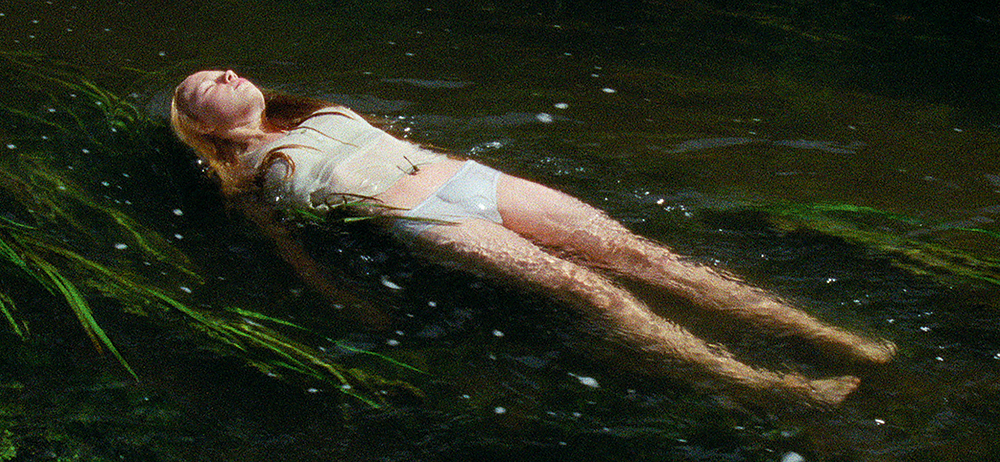
Ihre Erfahrungen im Umgang mit Kindern beim Film konnte die Regisseurin auch in ihrer aktuellen Arbeit perForming Me?(!) anwenden, in der sie neben erwachsenen DarstellerInnen wieder Kinder vor die Kamera geholt hat.
Warum werden Kinder im Film gerne eingesetzt? Film ist auch ein Medium zur Selbstreflexion und die Kindheit kann Ausgangspunkt für die Themen sein, die die Filmschaffenden später in ihren Arbeiten aufgreifen. „Jeder Regisseur und jede Regisseurin will die eigene Kindheit erforschen“, meint Julia Zborowska. ZuschauerInnen wiederum können sich durch manche Szenen an die eigene Kindheit erinnert fühlen. Regiestudierender Jan Prazak dazu: „Kinder brauchen mehr Anleitung. Professionelle SchauspielerInnen haben ihre Techniken, um Emotionen bei sich hervorzuholen.
Bei Kindern ist es eine schöne Arbeit, herauszufinden, was notwendig ist und wie man jemanden führen kann, um ein gewisses Gefühl zu erzeugen.“
„Es ist interessant mit Kindern, weil man nicht wirklich Kontrolle über sie haben kann. Man lernt in der Arbeit mit Kindern, dass Filmemachen an sich selbst arbeiten und Kontrolle über sich selbst erlangen bedeutet, nicht umgekehrt“, fasst Julia Zborowska ihre Eindrücke zusammen.
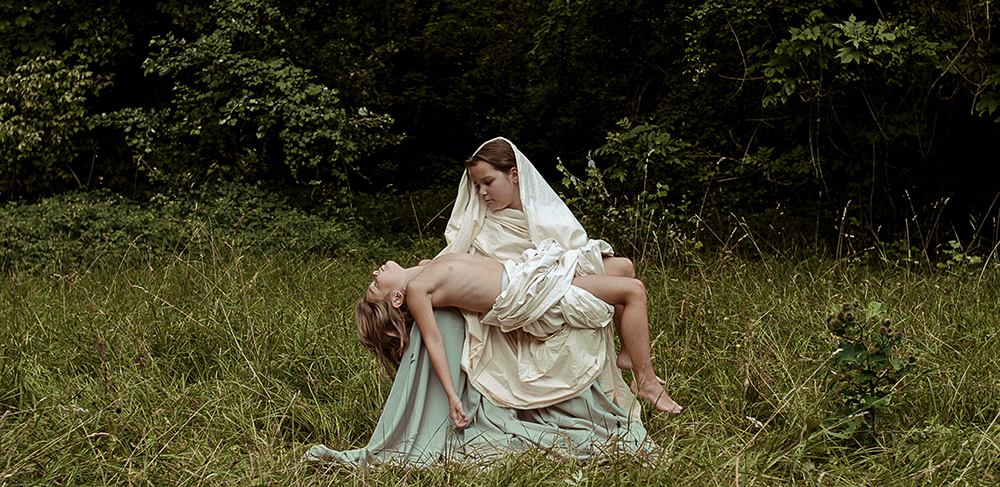
Auch Natürlichkeit und Authentizität der KinderdarstellerInnen können überragend sein. „Kinder können so natürlich sein. Da kann der professionelle erwachsene Schauspieler schlechter wegkommen, weil das Kind so mächtig im Spielen ist und alles frisch und neu macht“, sagt Julia Zborowska. „Bei Kindern ist das Spielen spontaner und echt in dem Moment, das ist ein Geschenk, ähnlich wie bei LaienschauspielerInnen“, meint auch Jan Prazak.
Gelingt eine Natürlichkeit vor der Kamera, als würde das Kind nicht spielen, sondern einfach nur es selbst sein, entsteht eine Wahrnehmung als gute Darstellung des Kinderschauspielers oder -schauspielerin. Wirkt der Text auswendig gelernt, die Gesten und Ausdrücke bloß aneinandergereiht, entsteht der Eindruck einer schlechten Darstellung. Fraglich ist, inwieweit von Kindern ein schauspielerisches Können erwartet werden darf, verfügen sie doch ohne schauspielerische Ausbildung und meist über keine oder wenig Film- oder Bühnenerfahrung. Die Erwartungshaltung vermeiden, indem die Szenen spielerisch erarbeitet werden, keine Auseinandersetzung mit dem Drehbuch und genügend Zeit am Set scheinen eine gute Darstellung der Kinderrollen zu begünstigen. „Ich wollte nicht, dass die Kinder den komischen Erwartungen mancher Erwachsener ausgesetzt sind, die meinen, dass Kinder ständig lachen und glücklich aufgeregt sein müssen. Ich wollte, dass die Kinder ihre Ruhe haben und dass sie selbst entscheiden können, ob sie lachen oder einfach Musik hören wollen“, erzählt Luz Olivares Capelle. „Durch spontanes Spielen entsteht kein Runtersagen“, meint Jan Prazak, „ich habe der Darstellerin den Text nie zum Auswendiglernen gegeben, sondern ihr die jeweilige Szene bei den Proben und beim Dreh kurz vorher beschrieben.“
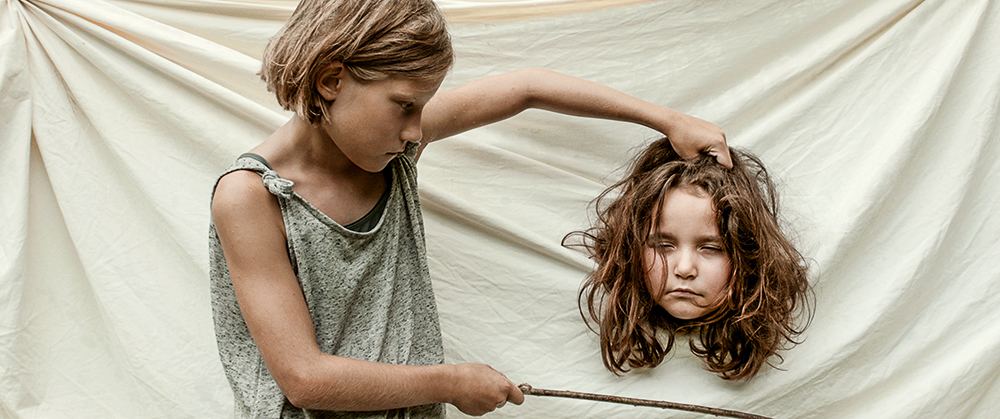
Kinder in Filmen verblüffen und begeistern immer wieder durch ihre authentische Darstellung. Von der Besetzung der Kinderrollen hängt der Erfolg des Films ab, das Finden der KinderdarstellerInnen ist für den Regisseur oder die Regisseurin oft ein glücklicher Zufall, bei dem sie sich auf ihr Gefühl verlassen müssen. Filmarbeit mit Kindern ist Vertrauensarbeit – nicht nur zu den Kindern selbst, sondern auch zu deren Eltern. Die erwachsenen SchauspielerInnen am Set sind zusätzlich gefordert schon vor dem Dreh Vertrauen aufzubauen. Gelingt dies alles, spielt das Kind nicht, sondern liefert echte Momente, die für die ZuschauerInnen auch genauso spürbar sind.
Weiterführende Links:
- Die Bewegung der Sterne: www.filmakademie.wien/de/film/die-bewegung-der-sterne/
- Zalesie: www.filmakademie.wien/de/film/zalesie/
- Wald der Echos: www.forestofechoes.com/

